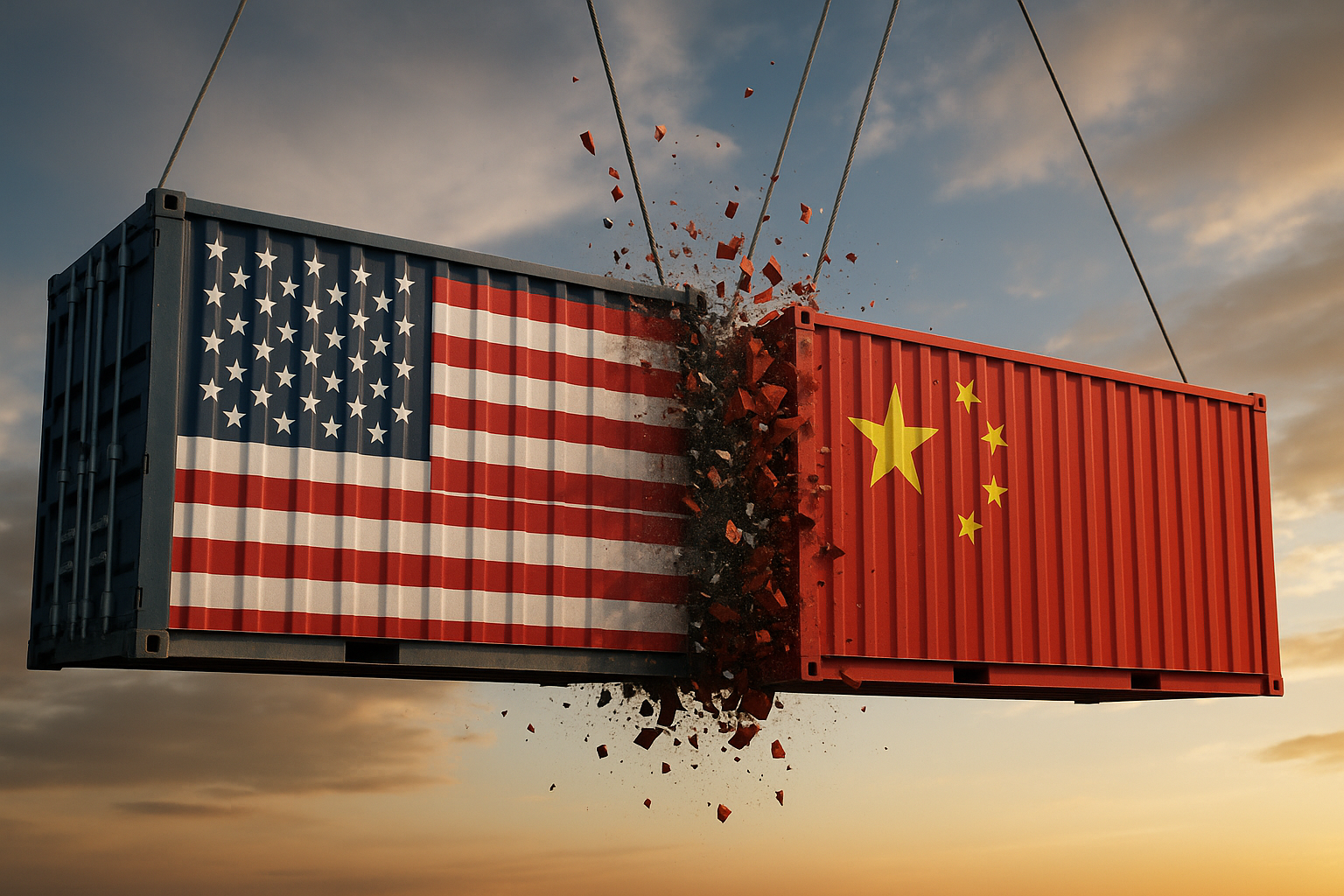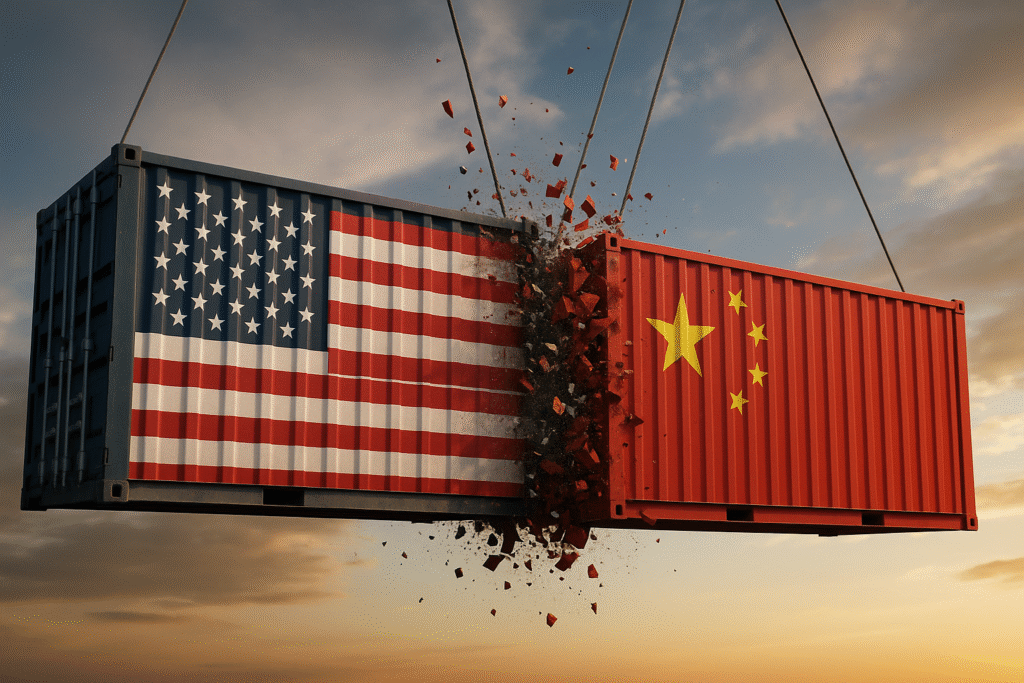United States and China Reach Landmark Trade Tariff Agreement

Geneva, Switzerland – May 12, 2025
In a significant diplomatic breakthrough, the United States and China have reached a new agreement to reduce trade tariffs, signaling a possible end to years of economic tension between the two global superpowers. The agreement was finalized in Geneva, Switzerland, after weeks of intensive negotiations involving senior officials from both countries.
According to the official statement released by the U.S. delegation, Washington has agreed to significantly reduce tariffs imposed on Chinese goods—from a previous rate of 145% to 30%. In response, Beijing has also committed to lowering tariffs on American imports, slashing them from 125% to 10%.
This mutual reduction in tariffs will initially be in effect for 90 days, during which both sides will assess the impact and continue dialogue with the aim of establishing a more permanent trade framework.
Background of the Trade Dispute
The U.S.-China trade dispute began in earnest in 2018 during the administration of former President Donald Trump. His government accused China of engaging in unfair trade practices, including intellectual property theft and coercive technology transfers that disadvantaged Western firms seeking to operate in Chinese markets.
In response, the Trump administration imposed heavy tariffs on a wide array of Chinese imports. China retaliated by introducing its own tariffs on key American exports such as soybeans, electronics, and automobiles. The tit-for-tat tariff war led to a significant slowdown in trade between the two countries and sparked volatility across global markets, especially in sectors like manufacturing and finance.

A New Economic Opportunity
The new agreement announced in Geneva is being widely hailed as a positive step toward restoring economic cooperation between the world’s two largest economies. Analysts believe the reduction in tariffs could stimulate global trade, stabilize markets, and offer a measure of relief to businesses affected by years of uncertainty.
“The significance of this deal cannot be overstated,” said Dr. Li Chang, a Beijing-based economist. “It shows that both countries are ready to put dialogue above confrontation, which is vital for global economic recovery.”
The move also holds implications for inflation control, particularly in the United States and parts of Asia, where supply chains and consumer prices have been disrupted due to ongoing trade restrictions and geopolitical challenges.
Continued Negotiations
Although the details of the agreement have not yet been fully disclosed, both U.S. and Chinese officials have confirmed that negotiations will continue in the coming months. Future discussions are expected to address broader issues such as technology transfers, intellectual property protection, and the opening of domestic markets to foreign investors.
In a joint press statement, representatives from both governments expressed optimism, stating, “This agreement marks an important milestone in our commitment to build a fair and balanced global trade system. Our shared goal is long-term economic stability, not short-term advantage.”
For now, markets around the world are reacting positively to the news, with stock indexes in Asia, Europe, and the U.S. showing early signs of recovery. International observers are watching closely as Washington and Beijing take steps to restore trust and cooperation after years of tension.
The Wall Street Journal – China-U.S. Trade Relations
U.S. Could Halt Somalia Anti-Terror Aid Amid Corruption Fears




